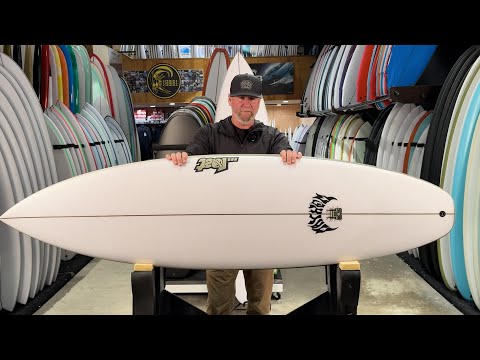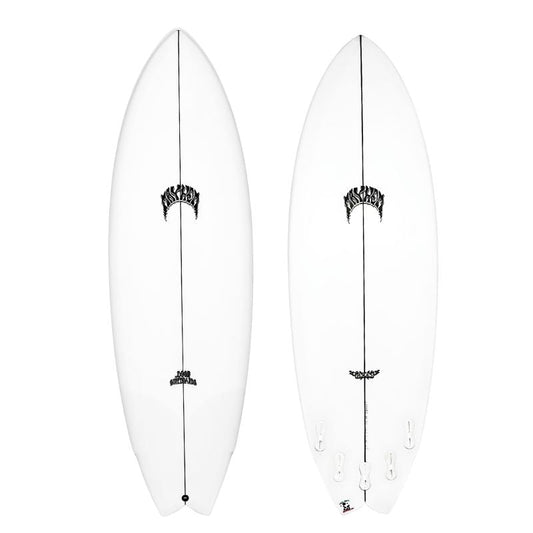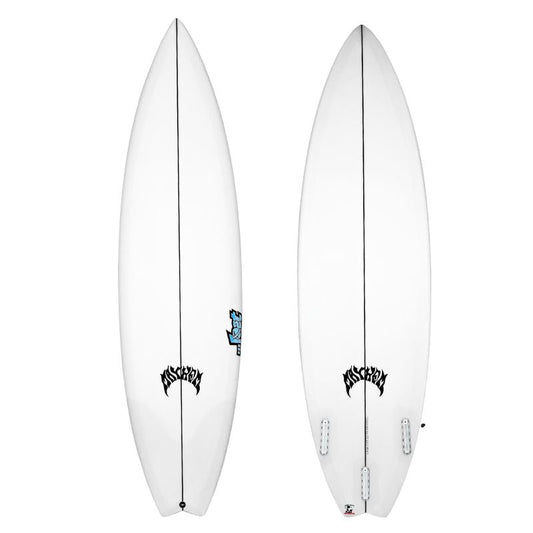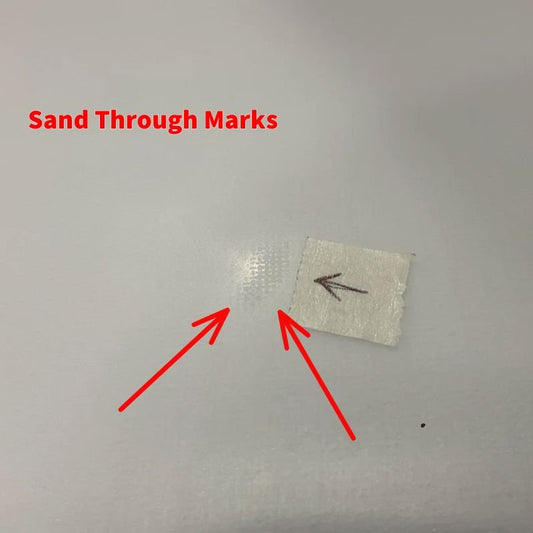Collection: Polyurethane/Polyester (PU) Surfboards
PU boards have been around since 1957, when a resin salesman walked into the surf shop owned by Hobie Alter and handed him a chunk of polyurethane foam for the first time.
The reason for this is the classic, inarguable feel that PU boards have. They might not be quite as light as epoxy boards, and they are certainly not as strong or durable, but there’s just a certain feel that polyurethane/polyester boards have. This feel is likely related to a number of factors—the way the foam sits in the water, the flex characteristics of PU foam and polyester resin, the fact that PU boards still use wooden stringers, and any number of other factors that play into the board’s feel. PU boards also remain the simplest and easiest boards to shape and glass by hand. Despite the huge surge in epoxy board sales over the past few years, PU boards still made up around 35 percent of surfboard sales in 2022—and that takes into account PU, PE, EPS/epoxy, wooden boards, and soft-tops (the latter of which surprisingly make up nearly 15 percent of board sales). Learn More...
-
LOST Big Rig Driver PU (5'10 - 6'6) Rounded Squash
Vendor:LOSTRegular price $820.00 USDRegular price -
Lost Formula 1 (5'5 - 6'5) PU
Vendor:LOSTRegular price $895.00 USDRegular price -
Lost Pisces (5'2-5'11) Poly
Vendor:LOSTRegular price $830.00 USDRegular price -
Lost Quiver Killer (5'4 - 6'3) PU Planet Ice Logo
Vendor:LOSTRegular price $820.00 USDRegular price -
Lost Sub Driver 3.0 Swallow PU (5'4 - 6'4)
Vendor:LOSTRegular price $815.00 USDRegular price -
Lost The Ripper (5'7 - 5'10) FCS II Poly
Vendor:LOSTRegular price From $800.00 USDRegular price -
SALE Lost Sub Driver 3.0 Swallow PU (6'2)
Vendor:LOSTRegular price $740.00 USDRegular price$815.00 USDSale price $740.00 USDSale











![Lost The Ripper (5'7 - 5'10) FCS II Poly - SHOP SURFBOARDS - [Surfboards Surf Shop and Clothing Boutique Honolulu]](http://www.hawaiiansouthshore.com/cdn/shop/files/Lost_The_Ripper_5_7_-_5_10_FCS_II_Poly.jpg?v=1740102880&width=533)
![Lost The Ripper (5'5-6'2) - SHOP SURFBOARDS - [Surfboards Surf Shop and Clothing Boutique Honolulu]](http://www.hawaiiansouthshore.com/cdn/shop/files/lost-lost-the-ripper-5-5-6-2-shop-surfboards-lightspeed-5-5-x-18-50-x-2-25-v24-7-green-logo-fcs-ii-46969775096120.jpg?v=1736904362&width=533)
